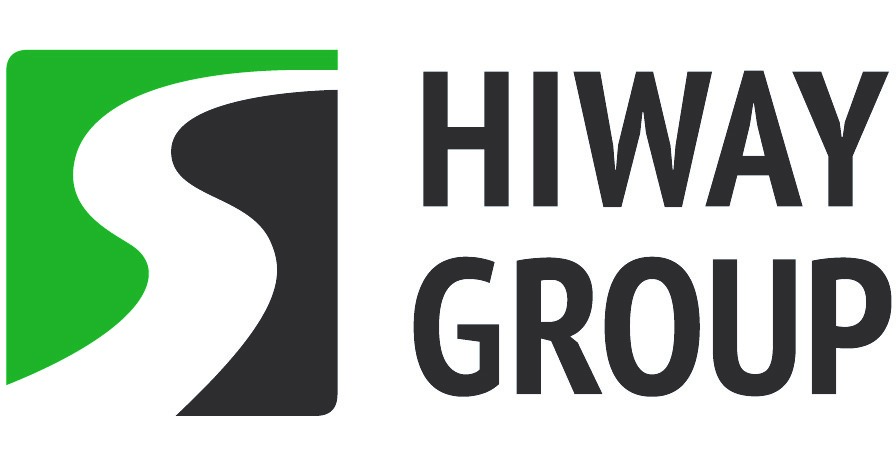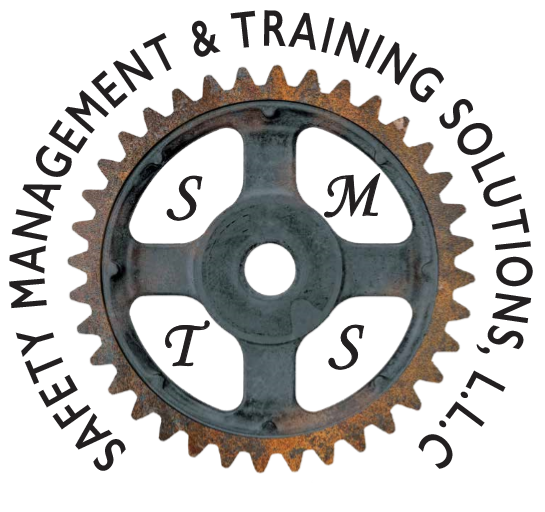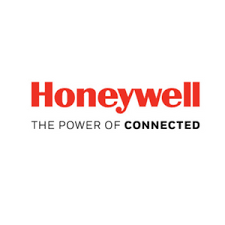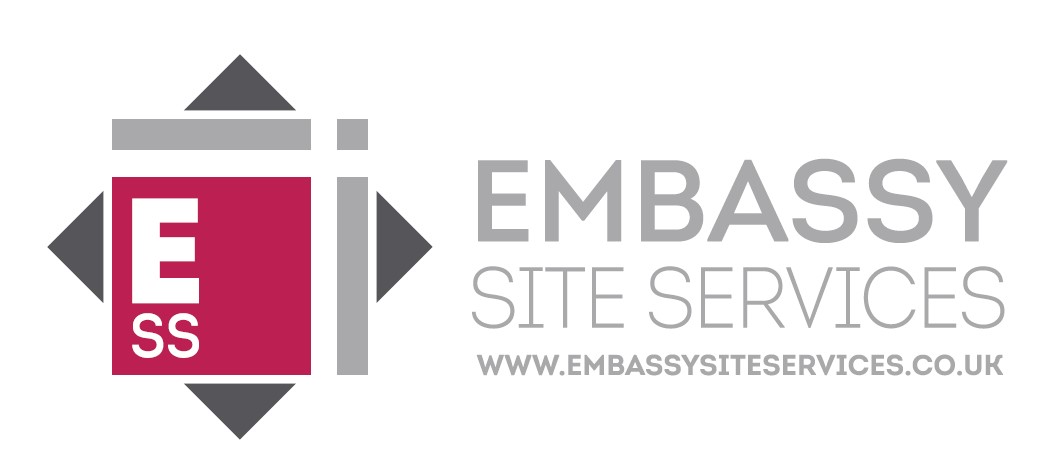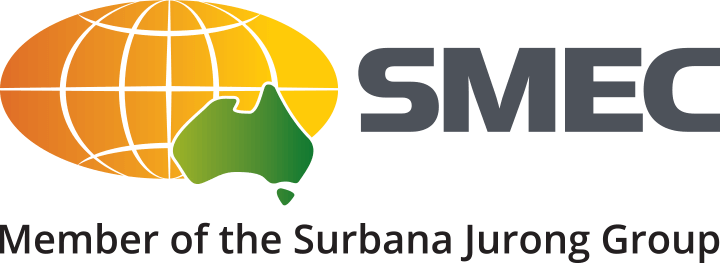Title Page
-
Inspector:
-
Supervisor:
-
Company:
-
Location:
-
Date:
INSPECTION
-
Valid Excavation Permit in place, SWMS / PRA signed and JobSTART completed and communicated to workers
-
All services identified and marked with locations/depth entered on drawings
-
Excavation surveyed prior to commencing backfill
-
Emergency Evacuation/Rescue plan in place and communicated if working in excavations deeper than 1.5m
-
Excavation deeper than 1.5m is shored, battered or benched, unless inspected by a geotechnical engineer and approved to enter
-
Suitable barricading erected in accordance with SWMS, no less than 1 metre from the Excavation/Trench (physical barriers, windrows, timber baulks, spoil heap)
-
NOTE: Coloured warning tape, rope, cones or flasher units alone do not serve as a physical barrier and shall only be used as a temporary measure during initial excavation works
-
Stop blocks/barriers required to stop cranes, dumpers, tip trucks etc. entering excavation area
-
Suitable and sufficient warning signage displayed in prominent locations
-
Spoil distance from excavation to be equal to depth
-
Fumes from Plant / Equipment not entering excavation
-
Excavated materials, pipes, tools, timber and equipment not located within the excavation area
-
Where personnel are required to cross trenches, properly designed walkways or bridges with guard rails and kickboards provided
-
Flashing lights / reflective tape and signage on barricading erected on roadways and access ways if next to to or crossing access ways
-
Barricading and signage in good condition
-
Spotters used for excavations adjacent to services and positioned in safe location
-
Radio communication being used between spotters and operators
-
Excavation Inspection Report completed by competent person prior to entry into excavation/trench deeper than 1m
Inspection Team
-
Signature:
-
Signature:
-
Signature:
